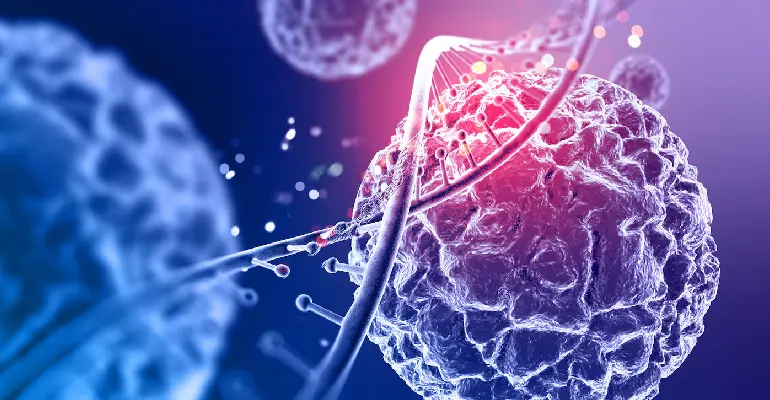
5 Common Misconceptions About Stem Cells
Stem cells have received a lot of attention in recent years, and they’re often promoted as a “miracle cure” for practically every disease. While stem cells have enormous promise, there is a lot of misinformation surrounding them. Exaggerated statements, a lack of awareness or misinformation on the internet are common causes of misunderstandings. To really understand the function of stem cells in modern medicine; it is necessary to differentiate fact from fantasy. In this article, we’ll look at five popular misconceptions regarding stem cells and explain the science behind them.
- Stem Cells Can Cure Any Disease
One of the most common myth is that stem cells can instantly treat any ailment. While stem cells have showed promise in treating illnesses such as blood cancer, immunological problems, and spinal injuries, further research is needed. Scientists are investigating how stem cells can repair or replace damaged cells, but this does not imply that every ailment has a stem cell based treatment. It is a strong medicinal instrument, but not a cure all.
- All Stem Cells Are the Same
Not every stem cell is identical. Stem cells are classified into three types: embryonic stem cells, adult stem cells, and induced pluripotent stem cells, each with unique characteristics and applications. Adult stem cells, for example, have been employed in bone marrow transplants, whereas embryonic stem cells are being studied for their potential to develop into any cell type in the body. Understanding these distinctions helps to eliminate the notion that all stem cells work the same way.
- Stem Cell Research Is Always Controversial
Many people believe that all stem cell research is ethically questionable. This misperception stems from early investigations with embryonic stem cells. However, modern science has progressed enormously. Today, researchers usually use adult stem cells or lab generated induced pluripotent stem cells which do not involve embryos. These technologies enable scientists to do vital research without causing ethical debate making stem cell studies more broadly accepted around the world.
- Stem Cell Treatments Are Fully Approved Everywhere
Another misconception is that all stem cell therapies are legal and approved worldwide. In actuality, only a few stem cell treatments, such as those for blood and bone marrow abnormalities, have received official approval. Many clinics claim to offer stem cell treatments for everything from ageing to arthritis, but not all of them are scientifically proven or safe. Always get the advice of a licensed medical expert before pursuing such treatments.
- Stem Cell Therapy Works Instantly
Stem cell treatment is not a quick solution. The healing process takes time since the cells need to develop, integrate and repair tissues organically. The results differ from person to person, depending on the ailment being treated. As promising as stem cell therapy is, it still requires patience and continued study to ensure its safety and efficacy.
Wrapping Up
Stem cells are one of the most intriguing prospects in medical science but knowing them properly is critical. By distinguishing myths from facts; we may see their true potential without falling for misleading promises. Education and knowledge are critical for ensuring that individuals make educated decisions about stem cell therapies and their benefits.
